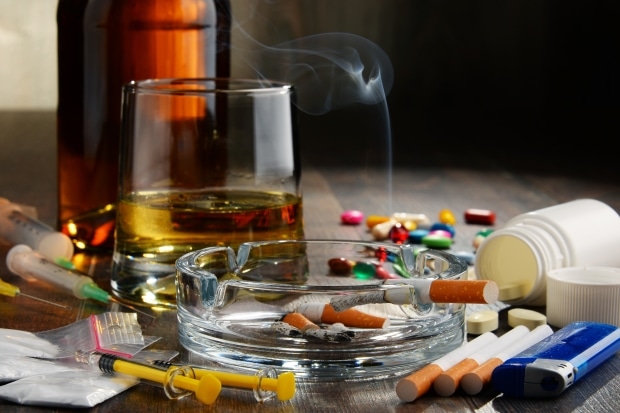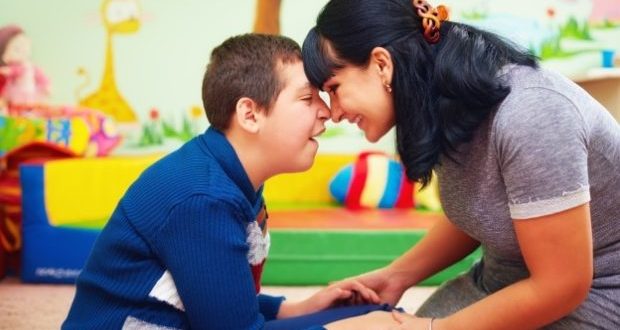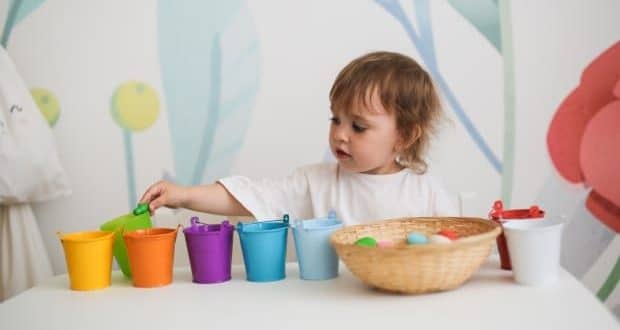Substance abuse is a nightmare for the whole family. If a person continues using drugs and becomes addicted, the consequences are far more catastrophic not just for him or her, but the entire family as well.
Therefore, the impact of substance use disorders (SUDs) on the family and individual family members merits attention.
They are frequently the first victims of the addiction. Whether it’s the emotional agony of knowing their loved one is in the vise grip of a life-draining addiction, or going through a feeling their dreams being shattered, or worse, being at the receiving end of violence due to substance abuse, families suffer quite a lot.
Subtance Addiction and Family Dynamics
Substance abusers can be children, parents or spouses/partners. Addiction is more like a disease that has the potential to affect and hurt the entire family, including parents, children, brothers, sisters, grandparents or any family member who is a part of an addict’s life.
An addiction can cause tension, miscommunication and more frequent arguments within a household, raising the stress levels and negativity of everyone residing in the unhealthy premises.
The compulsive abuse of drugs and alcohol often makes an addict unpredictable and untrustworthy. The addict gets unfocused, forgetful and distracted as his or her mind is focused solely on addiction.
A situation like this can cause anxiety, emotional pain and stress within the family. Also, people with addiction are often hard to be counted on to follow through with what they say because promise and responsibility are the last things they care about.
Job instability, late nights, and erratic and abnormal behavior may all result from an addiction in a way that erodes a family’s foundation. When parents engage in substance abuse, other family members have to take on greater responsibilities, causing even more pain and other negative emotions like blame, resentment, hate, anger and even fear.
As the level of trust continues the downward spiral, family members reach the brink as accusations are being hurled at each other. In most cases, family members have to stay conscious of lies being spun by addicts to explain or deny their behaviors.
This is clearly a recipe for a disastrous and damaged family dynamic.
How Family Ties Are Damaged
Today, families have evolved in different structures like single-parent families, stepfamilies, foster families and multigenerational families. Due to this complex dynamic, there are diverse ways an addiction impacts individual family members as well as family ties.
-
Financial Instability
- The financial condition of a drug addict’s family is under constant threat. As opposed to earning and feeding the family, addicted individuals tend to steal money or valuables in order to finance their addiction.
- Due to the effects of addiction, such individuals are often unable to handle their job responsibilities, to the extent, they lose their job. In the event of job loss on the part of parents, the fate of the whole family turns upside down; while the relationships get severely contorted.
-
Isolation
- Heavy drinking or drug abuse tears apart a person’s cognitive functioning and he loses his sense of judgment and social behavior. If this happens, the addict might do things that can greatly embarrass the whole family, which cause them to withdraw from social activities – a state called isolation. Some family members may also choose to distance themselves from their addicted loved one. Some people, however, seek addiction treatment to effectively cope with a situation like this.
-
Acts of Enabling
- Enabling is the act of shielding drug/alcohol addicts from experiencing the full impacts and consequences of their behaviors. Most parents are hardwired to protect their children or siblings want to help their addicted brothers/sisters.
- Enabling gives an escape route to continue forward in their destructive patterns of abuse. For example, making excuses for the addict’s behaviors (with teachers, friends, legal authorities, employers and other family members), blaming others for their behaviors or giving money that is undeserved.
-
Codependency
- The dictionary definition of codependency is, “Excessive emotional or psychological reliance on a partner, typically one with an illness or addiction who requires support.” It’s essentially a form of enabling where certain family members enable or justify the addict’s drug addiction, alcoholism or gambling addiction for that matter.
-
Familial Damage Across Generations
- As a matter of fact, the negative repercussions of addiction within a family are likely to persist for generations to come. The shadow of substance abuse can seriously threaten role modeling, trust and the intergenerational bond of love.
- In some cases, the normative behavior of interacting with family members takes a backseat. For example, a child whose parent has been an addict may end up being a strict parent who doesn’t give his or her children enough freedom. In cases like these, treatment using family programs is the best fit.
-
Domestic Violence
- Substance abuse is deeply linked to domestic violence. When people are inebriated with drugs or alcohol, they tend to lose control of their inhibitions.
- Being under the influence of any substance greatly increases the chances of abusive behavior. Nearly 80% of domestic violence crimes are related to the use of drugs.
Is There Any Hope?
Yes! Today, there are effective recovery programs that are widely helping people with even severe addiction problems. These treatments typically have the goals of modifying the thoughts, feelings, behaviors and perspectives of the recovering individual.
All of these therapeutic approaches are utilized in a number of different treatment settings and levels of program intensities.
The various types of treatment options include:
- Individual/One-on-One Therapy
- Family/Collaboration Therapy
- Group/Multi-person Therapy
Levels of Care
- Detoxification process
- Inpatient care
- Residential care
- Therapeutic Communities (TC)
- Short-term residential rehabilitation
- Recovery housing
- Social model
- Outpatient care
- Partial hospitalization program (PHP)
- Intensive outpatient program (IOP)
- Standard program






